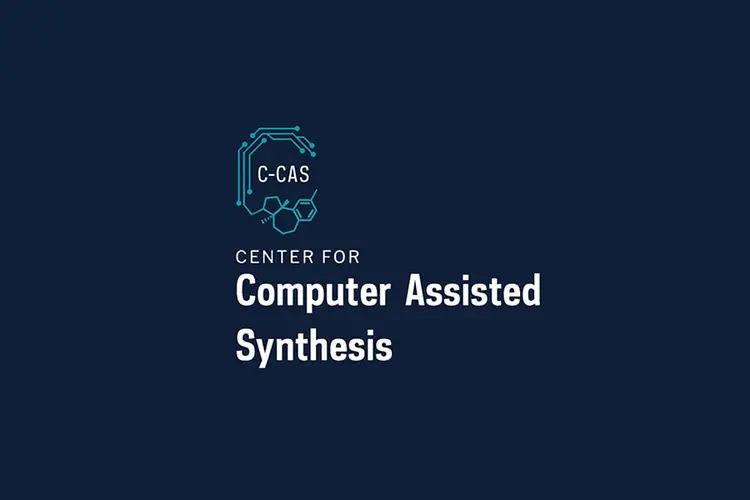
Emerging ATRP Technology Opens New Class of Biopolymers
In a first, researchers develop a reagent and methods to add polymers to DNA or RNA sequences at any entry point
Media Inquiries
Researchers in Carnegie Mellon University's Department of Chemistry(opens in new window) have developed a reagent that opens new possibilities for creating DNA and RNA-based materials that could be used in ultra-stable and smart sensors for biomedical applications.
The work was published on Aug. 22 in the journal Chem(opens in new window).
"It's a very emergent technology and pushing the field," said Subha R. Das(opens in new window), associate professor of chemistry, who co-advises chemistry doctoral student Jaepil Jeong. Both Das and Jeong are members of Carnegie Mellon's Center for Nucleic Acids Science and Technology(opens in new window), an interdisciplinary community of Carnegie Mellon and University of Pittsburgh scientists and engineers unified by interests in the chemistry, biology, and physics of DNA, RNA, and peptide nucleic acid."Essentially, we now have access to a whole new class of biomaterials based on both nucleic acids and synthetic polymers."
Medical treatments using biopolymers are typically developed using proteins, Das said. But potential applications for DNA and RNA polymer biohybrids could include self-delivering genes and mRNA, ultra-stable and smart sensors, or therapeutics and gels for transplants and wound healing. Polymers developed using this method could potentially be used to create sequence-selective filters or membranes for biotechnology applications.
The reagent, Serinolic ATRP initiator-modified phosphoramidite (SBiB), was developed by Jeong. The SBiB reagent enables researchers to incorporate multiple initiators anywhere in a DNA or RNA sequence during solid-phase synthesis. Previously it was only feasible to incorporate a single polymer chain initiator just at the end of a DNA strand. Combining the new SBiB reagent with a light-induced photo atom transfer radical polymerization (photoATRP) technique vastly expands the possibility of efficiently creating oligonucleotide-polymer biohybrids with a variety of functions.
ATRP is a novel method of polymer synthesis that can be used to produce a wide range of polymers and hybrid materials with a wide range of commercial, biomedical and environmental applications. Jeong's co-adviser, Krzysztof Matyjaszewski(opens in new window), J.C. Warner University Professor of Natural Sciences is globally recognized for discovering and developing ATRP.
"This new approach to the functionalization of DNA and RNA with ATRP initiators opens new routes to precise bioconjugation of synthetic polymers with nucleic acids, affecting their stability, assembly and other properties," Matyjaszewski said.
Oligonucleotides are short DNA or RNA molecules used in applications associated to biologically related research from sensors to therapeutics and is a research focus of Das. Earlier collaborative work by Matyjaszewski, Das and other Carnegie Mellon researchers showed that a single polymerization initiator could be incorporated at the end of synthetic DNA/RNA sequences. By expanding the number of initiators and integration points, this new reagent increases the potential of the technique.
Along with Jeong, Matyjaszewski and Das, Grzegorz Szczepaniak of the University of Warsaw, was an author on the Chem paper.
Jeong also created a second reagent that modifies synthetic and natural ribonucleic acid (RNA) substrates. That research was published earlier this year in the Journal of the American Chemical Society, with Matyjaszewski and Das among the authors.
"Having co-advisors in interdisciplinary research allowed me to cultivate diverse expertise and skills which maximized my potential as a researcher," Jeong said. "It was also helpful in coming up with innovative solutions to address complex problems which may not have been possible with a single disciplinary perspective."
Jeong plans to continue to work on achieving an industrial-scale synthesis of nucleic acid-polymer hybrids and effectively apply them to real disease models. High-throughput photo-polymerization techniques, with recent advancements, are expected to play a significant role in achieving the goal.
"By leveraging the distinctive properties, such as stimuli-responsiveness, offered by synthetic polymer tethers on DNA/RNA, I envision accomplishing various goals, improving stability, and exploring innovative strategies for enhancing target specificity in gene modulation and gene therapy applications," Jeong said.


